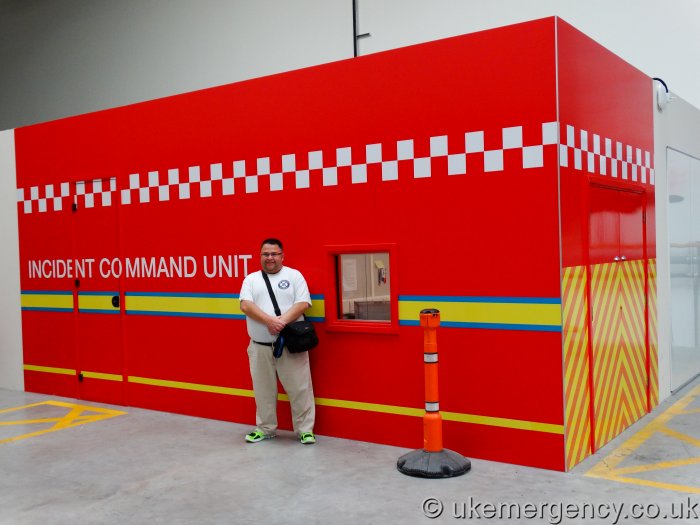Emergency preparedness is a necessary consideration for building managers. Two key components of fire safety are sprinkler systems and emergency response training. Automatic fire suppression setups limit destruction, organized fire response units support evacuation efforts.
How Do Automatic Fire Suppression Systems Work?
Fire sprinklers suppress fires swiftly by delivering water when fire breaks out. Each sprinkler head functions on its own, limiting unnecessary damage.

Components of a sprinkler system include:
- Nozzles: Control fire spread to combat fires.
- Pressurized pipes: Supplies water to fire zones.
- System monitors: Manage sprinkler operations.
- Reservoir system: Ensures system reliability.
The Importance of Fire Brigade Training
Team fire safety training educates personnel to protect lives and property. These programs emphasize teamwork, minimizing risks during dangerous conditions.

Essential features of fire brigade training include:
- Proactive fire safety knowledge: Understanding fire hazards.
- Safe evacuation techniques: Practicing quick evacuation.
- Fire suppression strategies: Mastering firefighting equipment.
- Communication in emergencies: Improving team performance.
treinamento de brigada de incêndio
O que é o sprinkler?
The Synergy Between Fire Suppression and Emergency Training
Combining sprinkler systems with team safety exercises maximizes emergency response effectiveness. Sprinklers suppress flames quickly, while prepared teams step in to manage the situation.

Pairing technology with skills creates a safer environment for residential areas, workspaces, and large-scale operations alike.
Conclusion: Prioritizing Fire Safety with Comprehensive Protection
Investing in sprinkler systems and providing fire brigade training ensures a safer future. When used in combination, these solutions offer comprehensive protection.
Take action for a safer tomorrow by installing a sprinkler system and organizing emergency response drills. Your safety and the safety of others depend on it!